29 Dec


Are Aluminium Lamp Posts Stronger Than Steel?
While steel has a higher tensile strength, aluminium offers adequate strength for most lamp post applications and excels in other areas. Aluminium is less brittle and more impact-resistant, meaning it can absorb shocks without permanent damage. Additionally, its lightweight nature does not compromise its ability to support heavy light fixtures. Modern engineering designs ensure aluminium lamp posts meet the structural requirements of urban and commercial settings. Though steel may be preferable in certain heavy-duty applications, aluminium’s combination of strength, flexibility, and corrosion resistance makes it a durable and practical choice for streetlights, car parks, and pedestrian areas.
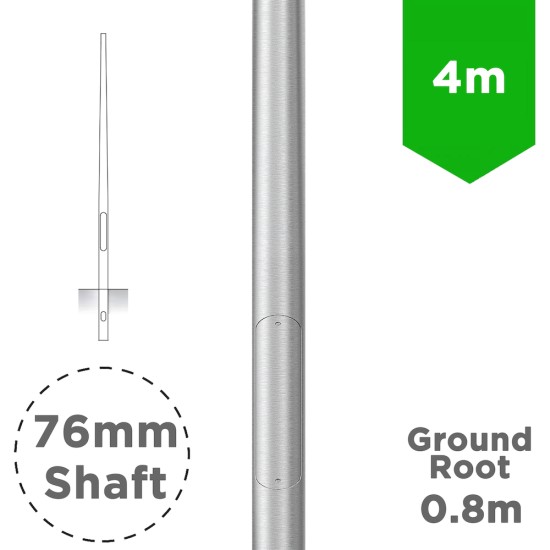
How Do Aluminium Lamp Posts Handle Extreme Weather?
In severe weather, aluminium lamp poles function remarkably well. Rain, snow, and humidity have no effect on them because of their inherent resistance to corrosion. Aluminium is appropriate for both hot and cold areas since it can tolerate temperature changes without warping or cracking. Furthermore, it can withstand severe winds and other weather-related forces without experiencing structural breakdown thanks to its lightweight yet sturdy design. Aluminium has a longer lifespan with less maintenance than steel since it does not rust when exposed to extended dampness. Aluminium light posts are a dependable option for outdoor applications in challenging or uncertain conditions because of their qualities.
Are Aluminium Lamp Posts Eco-Friendlier Than Steel?
Yes, aluminium lamp posts are more eco-friendly than steel in several ways. Aluminium is 100% recyclable without losing its quality, meaning old lamp posts can be repurposed into new products, reducing waste. Its lightweight nature requires less energy during transportation and installation, lowering its carbon footprint. Additionally, aluminium production increasingly uses recycled materials, further minimising its environmental impact. In comparison, steel is heavier and more resource-intensive to produce and transport. Aluminium’s long lifespan and minimal maintenance requirements also contribute to sustainability, as fewer replacements and treatments are needed over time, making it an environmentally conscious choice.

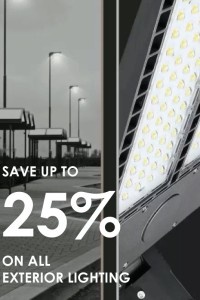
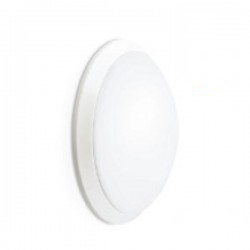
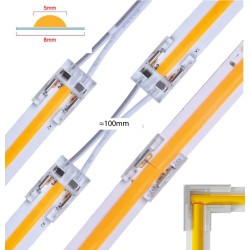
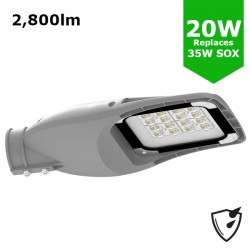
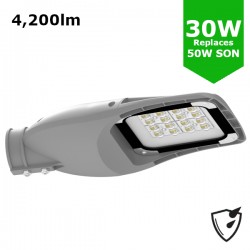
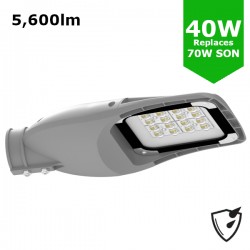
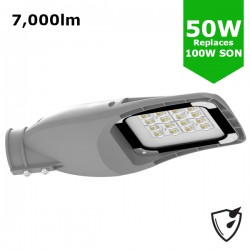
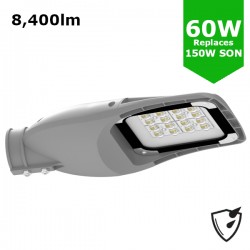
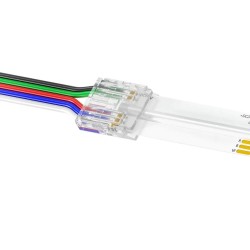

Leave a Comment